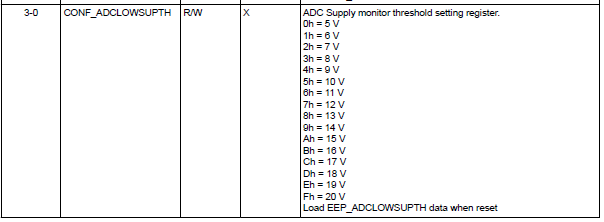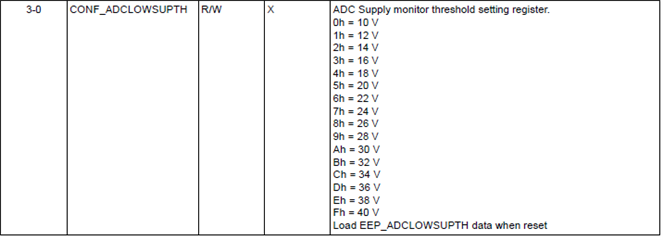Other Parts Discussed in Thread: TPS929121-Q1,
For the 12-channel automotive high-side LED drivers used in automotive lighting, there are a couple of parts available, including TPS929120QPWPRQ1, TPS929120AQPWPRQ1, TPS929121QPWPRQ1 and TPS929121AQPWPRQ1. What's the difference between them?





